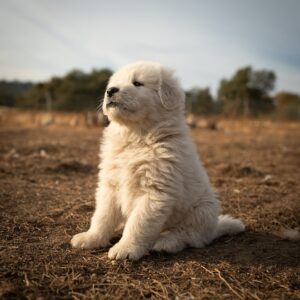With their superior sense of smell and innate love for following trails, dogs can be trained to become exceptional deer trackers. This comprehensive guide will walk you through the essential knowledge and practical steps needed to unlock your hound’s tracking potential.
Table of Contents:
- Understanding Your Dog’s Senses
- Choosing the Right Dog for Deer Training
- Prepping Your Dog for Training
- Training Techniques: From Basics to Advanced
- On-field Application: Tips and Tricks
- Overcoming Challenges in Deer Tracking
Understanding Your Dog’s Senses
Dogs, especially breeds with high scent-tracking abilities, have an astounding sense of smell. With hundreds of millions more scent receptors than humans, a dog can distinguish individual scents in a complex mixture and even detect them at extremely dilute concentrations.
Choosing the Right Dog for Deer Training
While nearly all dogs have an impressive sense of smell, certain breeds are known for their exceptional tracking abilities. These include Bloodhounds, Beagles, Coonhounds, and Labrador Retrievers. Your choice of dog should ideally be based on breed characteristics, physical fitness, temperament, and a noticeable interest in tracking prey.
Prepping Your Dog for Training
Before you begin training your dog for deer tracking, it’s essential to ensure they are physically fit and mentally prepared. This section explores pre-training activities such as regular exercise, obedience training, and getting your dog familiar with the scent of deer.
Training Techniques: From Basics to Advanced
Training your dog to track deers involves, first and foremost, fostering their ability to recognize and follow deer scent. Initial stages of training typically involve using deer hide or antlers, and progressively making it difficult for the dog to find it. Advanced training may involve simulated hunting trips, allowing your dog to experience the joys of a successful hunt.
On-field Application: Tips and Tricks
Being able to apply trained skills in real-life hunting scenarios is pivotal for a tracking dog. Proper on-field training can also enhance your pup’s ability to follow broken or old tracks, recover from lost trails, and ignore distractions.
Overcoming Challenges in Deer Tracking
Like any type of dog training, training your dog to track deer is not without its challenges. Patience, consistency, and positive reinforcement are key to navigating these bumps in the road.
In Conclusion
With patience, consistency, and a systematic approach, it’s possible to turn your dog into an expert deer tracker. This guide equips you with the knowledge and tools you need to tap into your dog’s inherent tracking talent and navigate the fascinating world of deer tracking.

